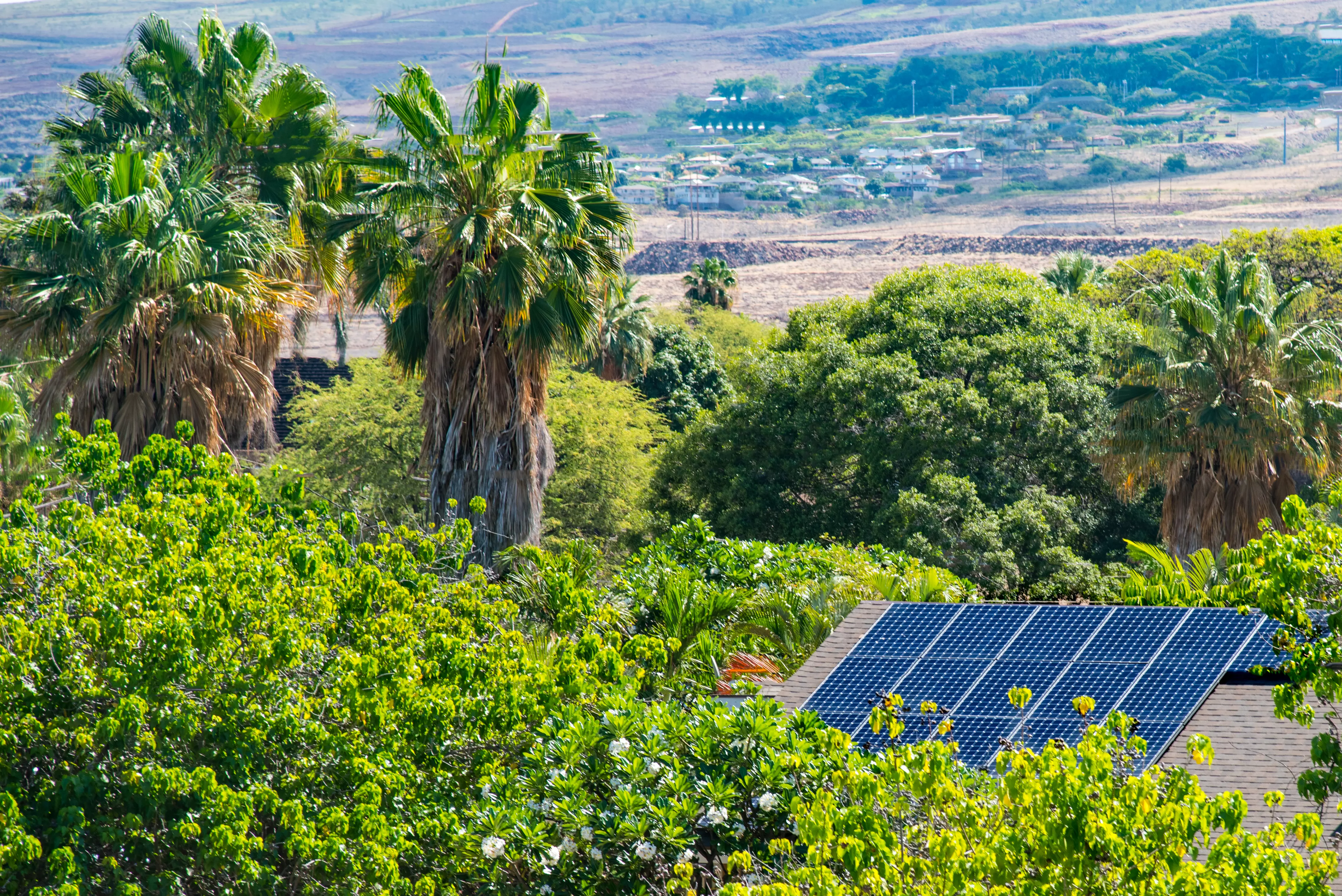The importance of green infrastructure for nature and the environment in New Jersey
New Jersey, one of the most populous states in the United States, is also a place where nature conservation and environmental preservation are particularly important. Therefore, the development of green infrastructure is becoming not only a necessity, but also a priority for local authorities and communities. In this article, we will look at the importance of green infrastructure for nature and the environment in New Jersey.
What is green infrastructure?
Green infrastructure refers to a network of natural and artificial green areas that serve ecological as well as social and economic functions. It includes parks, forests, bike paths, community gardens, but also natural coastal areas, wetlands and more. Green infrastructure serves not only as a natural habitat for various species of plants and animals, but also as a filter for rainwater, protection against soil erosion, and places of recreation and relaxation for residents.
Benefits for nature
Green infrastructure plays a key role in preserving New York's biodiversity. It acts as ecological corridors, allowing animals to migrate and plant seeds to spread. By using green infrastructure, wildlife species can find a place of refuge and access to food in an increasingly urbanized environment. In addition, green infrastructure helps maintain the balance of the ecosystem and prevent the negative effects of urbanization, such as air and water pollution.
Effects on the environment
One of the most important effects of green infrastructure on the environment is the reduction of the so-called heat island effect. Urbanization leads to the creation of areas with higher temperatures, which has a negative impact on the quality of life of residents. Thanks to the presence of green areas, such as parks and gardens, the temperature in the city is lower and the air is cleaner. In addition, green infrastructure helps collect and filter rainwater, which helps reduce the risk of flooding in the city.
Social benefits
Green infrastructure is also important for local communities. It gives residents space for recreation and relaxation, which contributes to their health and quality of life. In addition, the presence of green areas in a city can foster social integration, creating meeting places and social activities. Green infrastructure also creates jobs, both in the maintenance of green spaces and in the agricultural sector, for example by supporting local food production.
Challenges and prospects
Despite its many benefits, green infrastructure development also faces some challenges. One major problem is the lack of adequate funding for its maintenance and development. There is also often a lack of land use plans that take green infrastructure into account. However, thanks to public awareness and the commitment of local authorities, the prospects for green infrastructure development in New Jersey are promising. More and more people appreciate the importance of green places in the city and want to preserve them for future generations.
Summary
Green infrastructure is a key element for the preservation of nature and the environment in New Jersey. It acts as a haven for a variety of plant and animal species, and also contributes to the quality of life for residents. With green infrastructure, New Jersey can simultaneously preserve its place as one of the most populous states in the US, as well as provide protection for its unique nature. It is worth investing in green infrastructure development to create a sustainable and environmentally friendly state for current and future generations.
Add comment